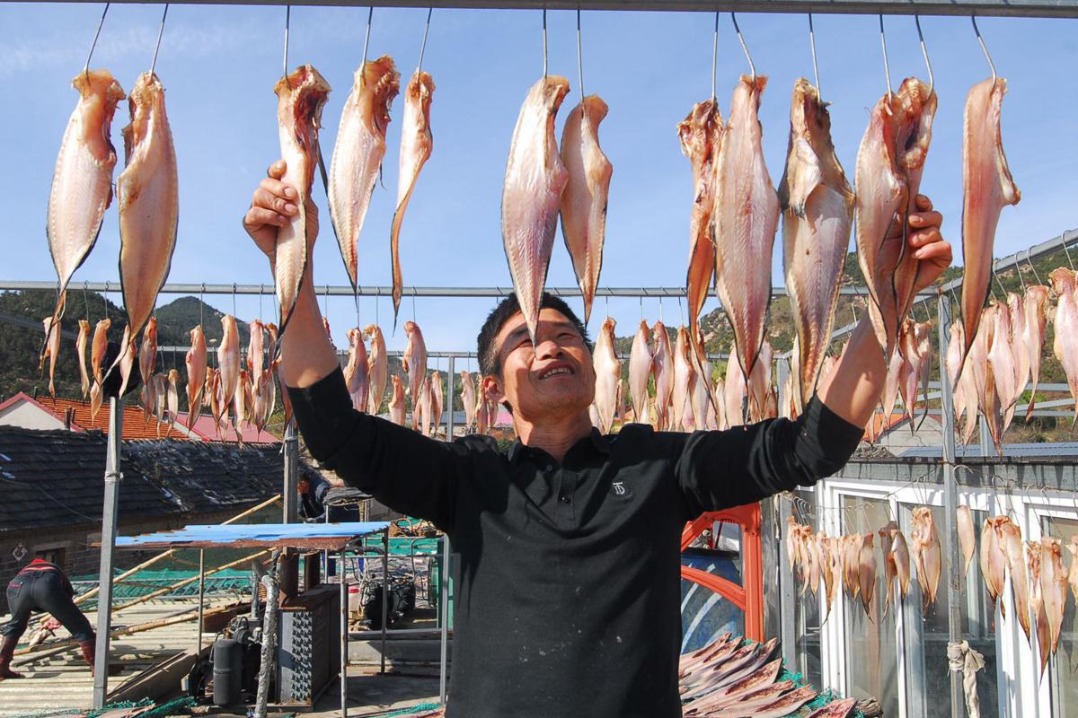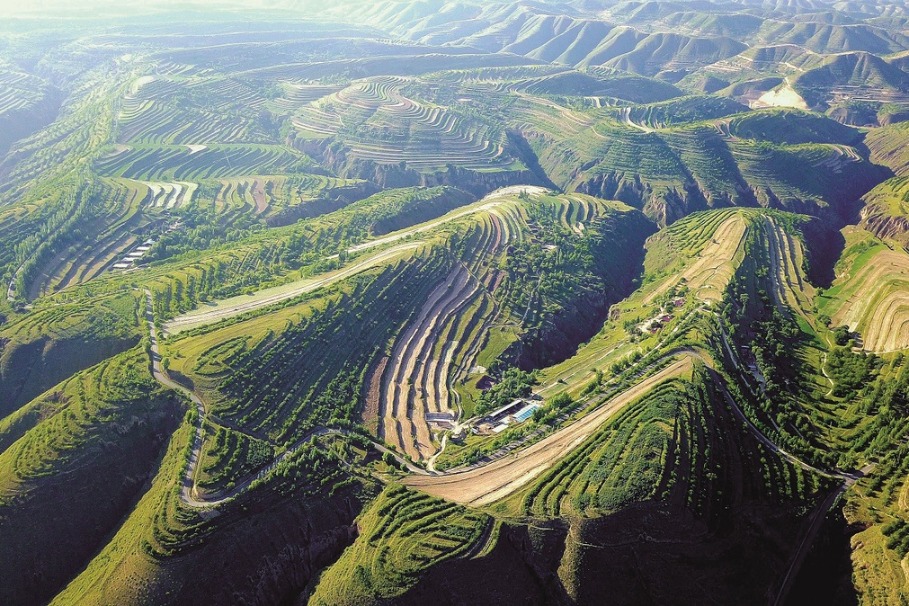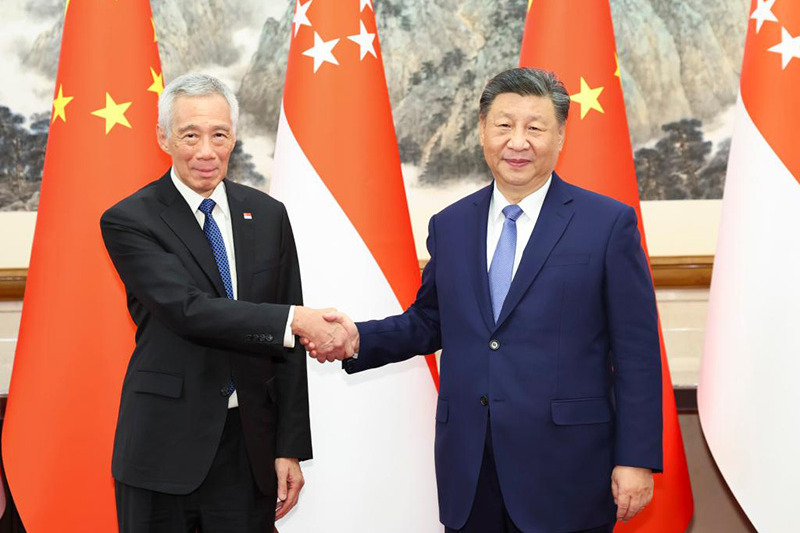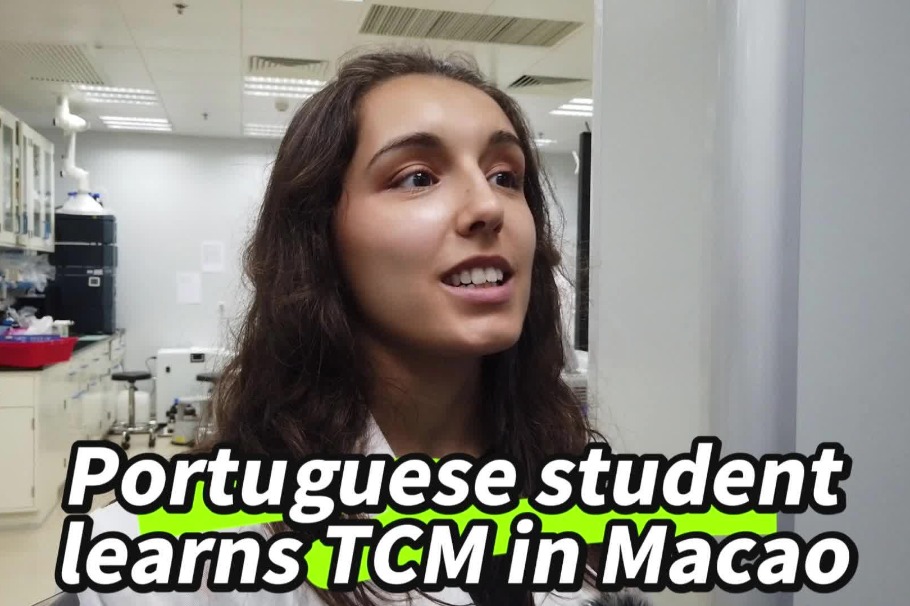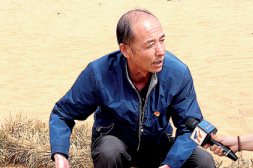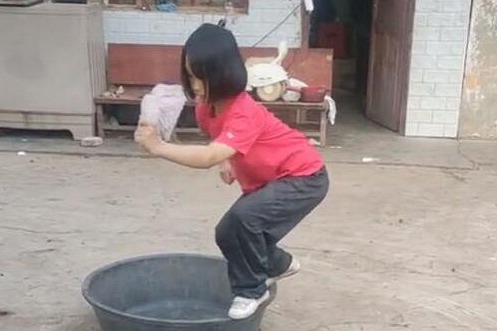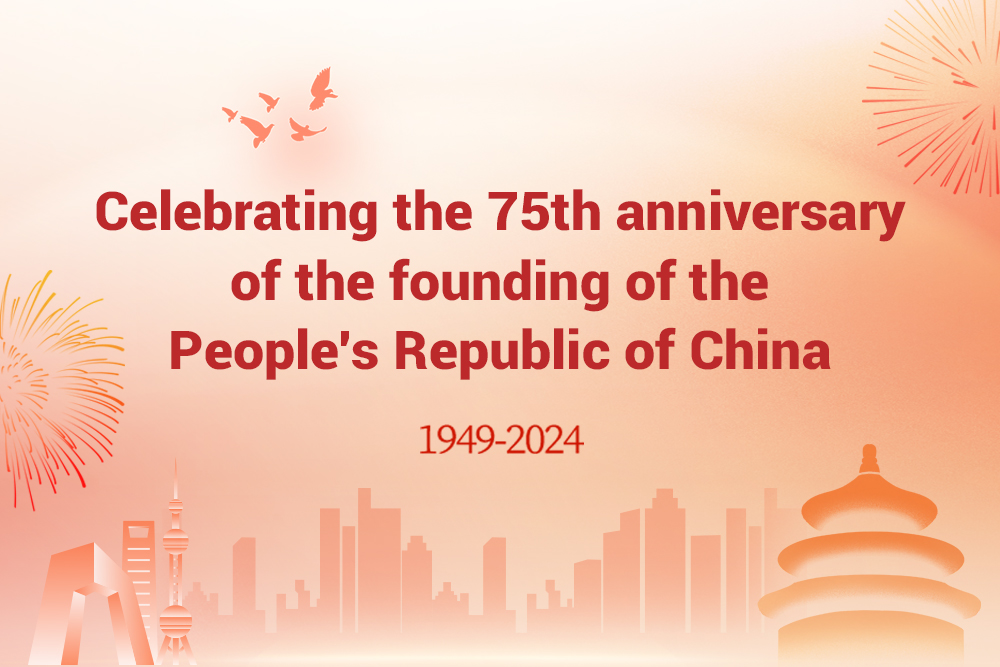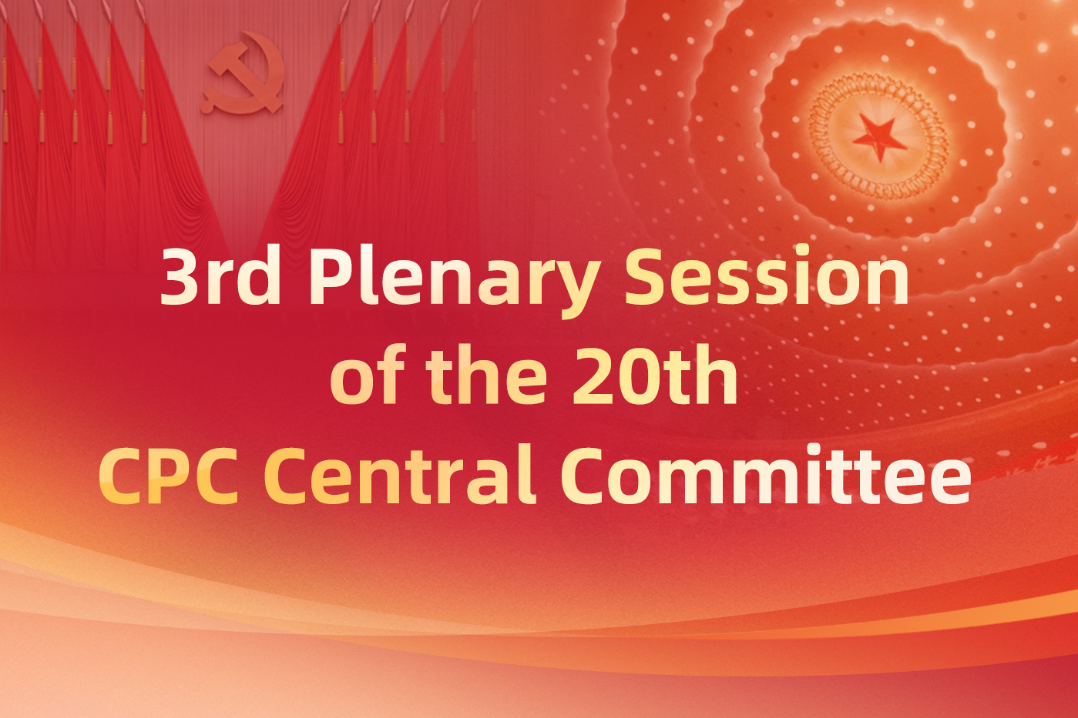Big relief for critically ill patients
91 drugs to be added to national medical reimbursement list beginning Jan 1

China will add 91 drugs to its national medical reimbursement list next year, including a record 38 innovative drugs amid a national push to spur drug innovation, the National Healthcare Security Administration said on Thursday.
The latest update includes 26 cancer drugs, 15 treatments for diabetes and other chronic diseases, 13 for rare diseases, seven anti-infection medicines and four psychiatric drugs.
Meanwhile, 43 drugs that have been replaced by more advanced medicines or that have not been produced for a long time will be removed from the list.
The latest move has put the total number of medicines on the list to 3,159 — 1,765 Western drugs and 1,394 traditional Chinese medicines.
The new list will take effect on Jan 1 and is expected to save patients more than 50 billion yuan ($6.9 billion) next year, the administration said.
A highlight of this year's updated list is that 90 of the 91 new additions are drugs that gained market approval within the past five years, and 38 of those are considered novel drugs worldwide.
"The sheer number of innovative drugs and their proportion among newly added drugs have both reached a record high," said Huang Xinyu, head of the administration's medical services management department.
The adjustment of the list was largely made possible through price negotiations and bidding with drug manufacturers who agreed to cut prices. Huang said that the negotiation success rate for novel drugs is 90 percent, 16 percentage points higher than the overall rate.
"Meanwhile, we have noticed that more than 70 percent of newly added drugs are from domestic companies, and the proportion of homegrown drugs has been rising in past years, signifying a boom in the sector of drug innovation in the nation," he said.
Chen Wen, a professor at Fudan University's School of Public Health who is on the administration's expert panel, said domestic drugmakers used to prioritize sales and marketing over research, which hindered overall innovative prowess and the healthy development of the sector.
"Since the administration was established (in 2018) and initiated price negotiations for basic insurance coverage and bulk procurement programs, inflated drug prices have been curbed, and the sector has been guided toward an innovative development path," he said.
Chen said research has shown that between 2018 and last year, the ratio of sales expenses of domestic pharmaceutical companies among their total expenses fell from 17 percent to 13.7 percent, while the ratio of research and development expenses grew from 1.8 percent to 4.7 percent.
Meanwhile, the number of clinical trial applications for innovative drugs went up from 483 to 2,255 between 2017 and last year.
In 2013, China only accounted for 3 percent of all novel drug development pipelines worldwide. That figure reached nearly 28 percent last year, making China the second-largest contributor in this regard.
Chen added that the nation approved 35 Class-1 innovative drugs last year, more than quadruple the number in 2018.
China has also become a primary destination for the initial launch of new drugs. In 2017, only 9 percent of medications chose China for its initial market launch, a figure that increased to 29 percent last year.
"The price negotiation mechanism has facilitated inclusion of high-quality innovative drugs into the national reimbursement list and has sparked the innovative motivations of drug developers," he said.
In addition to the focus on fostering innovation, Huang, the official, said the revised list also includes a number of medications with better efficacy in the fields of cancer, diabetes, mental health and infections.
"For instance, a dose of a newly added psychiatric drug will only need to be administered every six months, while a dose of a similar drug already on the list needs to be delivered monthly," he said.
The administration has adjusted the list for seven consecutive years and has added 835 medicines to it.
The expanding list has triggered concerns over whether the nation's insurance funds could afford it, especially as the nation's population is aging rapidly.
Wang Guodong, an official at the administration, said that as of the end of last month, about 830 million patients have benefited from reimbursement, saving a collective 880 billion yuan.
To ensure security of the funds, Wang said the administration has launched centralized procurement programs, where drugmakers cut prices for large-volume purchases from public hospitals. It has also intensified supervision over funds and has reformed payment approaches to relieve pressure.

















